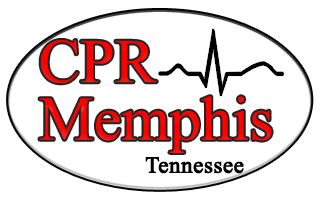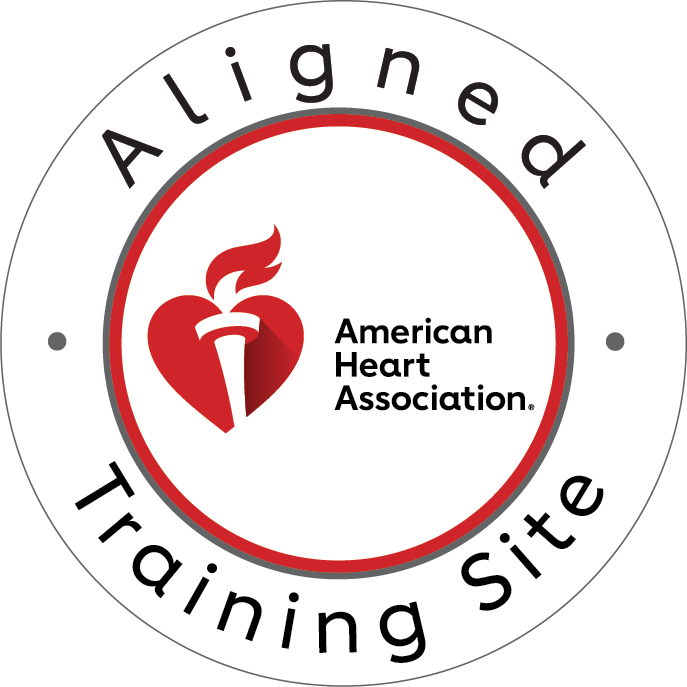Drowning remains a significant public health concern globally, claiming far too many lives each year. While statistics paint a sobering picture, the critical importance of an immediate and effective response cannot be overstated. Unlike other cardiac emergencies, drowning uniquely affects the body, primarily by depriving it of oxygen due to water entering the lungs. This distinction necessitates specific modifications to standard cardiopulmonary resuscitation, or CPR, protocols. Understanding these differences and being prepared to act can mean the difference between life and death. This article will delve into the best practices for CPR in drowning emergencies, drawing on the expertise of organizations like CPR Memphis, which plays a vital role in providing life-saving training and certification to communities.

Understanding Drowning Emergencies
To effectively respond to a drowning emergency, it is crucial to first understand the nature of such incidents. Drowning is generally categorized into wet and dry drowning. Wet drowning occurs when water enters the lungs, while dry drowning, though less common, refers to instances where the airway spasms shut, preventing water from entering but also preventing air from reaching the lungs. Both scenarios lead to oxygen deprivation. The physiological effects of water submersion are severe and rapid. When a person is submerged, their body immediately begins to shut down, with oxygen levels plummeting. This can quickly lead to unconsciousness, cessation of breathing, and ultimately, cardiac arrest. Recognizing the signs and symptoms of a drowning victim—such as a struggle at the surface, unusual quietness, or being submerged and unresponsive—is paramount for prompt intervention. It is a race against time, as irreversible brain damage can occur within mere minutes without oxygen.
Initial Response and Safety Considerations
The initial response to any emergency, especially a water-related one, always begins with ensuring rescuer safety. Never put yourself in a dangerous situation that could result in you becoming another victim. Assess the scene for hazards like strong currents, submerged objects, or electrical dangers before approaching. If possible, use reach or throw rescue techniques from the shore or a stable boat, extending an object to the victim or throwing a flotation device. Only enter the water as a last resort and if you are a trained rescuer. Immediately after securing your safety and assessing the situation, call for emergency services. Time is of the essence, and professional medical help will be crucial for the victim’s long-term survival and recovery. Removing the victim from the water safely and quickly, while also being mindful of potential spinal injuries, is the next critical step.
Assessment of the Drowning Victim
Once the drowning victim is safely out of the water, a rapid and accurate assessment is vital. First, check for responsiveness by gently tapping them and shouting. Simultaneously, look, listen, and feel for breathing. If they are unresponsive and not breathing or only gasping, initiate CPR immediately. Proper positioning is essential; lay the victim flat on their back on a firm surface. Clearing the airway of any water or debris is a crucial first step in drowning CPR. You may need to sweep a finger through their mouth if you see an obstruction. In drowning cases, especially those involving falls or dives, there is always a suspicion of spinal injury. While airway and breathing take precedence, try to minimize movement of the victim’s head and neck during transport and positioning if a spinal injury is suspected.
CPR Modifications for Drowning Victims
CPR modifications for drowning victims are critical and represent key differences from standard CPR protocols. The primary issue in drowning is a lack of oxygen, meaning that rescue breathing takes precedence over chest compressions in the initial stages. While standard CPR might begin with compressions, for a drowning victim, the focus shifts to delivering oxygen quickly. The proper compression-to-ventilation ratio for adult drowning victims typically emphasizes two rescue breaths after every 30 chest compressions, but it’s important to start with initial rescue breaths. For children and infants, who are even more susceptible to oxygen deprivation, the ratio and technique will vary, often starting with five initial rescue breaths before beginning compressions. CPR Memphis courses specifically address these crucial distinctions, ensuring participants are equipped with the most effective techniques for all age groups.
Step-by-Step CPR Procedure
The step-by-step CPR procedure for a drowning victim begins with establishing airway management and positioning. After ensuring the victim is on a firm, flat surface, open the airway using the head-tilt chin-lift maneuver, unless a spinal injury is suspected, in which case a jaw-thrust maneuver is preferred. Next, administer rescue breathing. Pinch the victim’s nose, create a seal over their mouth with yours, and deliver two slow, full breaths, ensuring the chest rises with each breath. Following these initial breaths, begin chest compressions. Place the heel of one hand in the center of the victim’s chest, just below the nipple line, and interlock your fingers. Deliver firm, rapid compressions, aiming for a depth of about 2 inches for adults, at a rate of 100-120 compressions per minute. Continue alternating 30 chest compressions with two rescue breaths. Continuous assessment and adaptation are key; periodically check for signs of breathing or movement, and adjust your technique as needed. Remember, consistency and quality of compressions and ventilations are crucial.
Common Challenges and Solutions
Rescuers may encounter several common challenges when performing CPR on drowning victims. Vomiting and regurgitation are frequent occurrences due to swallowed water. If this happens, quickly turn the victim onto their side to clear the airway, then roll them back and continue CPR. Another challenge is managing hypothermia, especially in cold water drowning incidents. Cold water can provide some protective effects by slowing the body’s metabolic rate, extending the window for potential resuscitation. However, it also makes the victim cold, requiring gentle handling and efforts to rewarm them if possible. Additionally, be aware of secondary drowning risks, where complications can arise hours after the incident due to water in the lungs. Finally, for unresponsive but breathing victims, position them in the recovery position (on their side) to maintain an open airway and monitor them closely until emergency services arrive.
When to Continue vs. Stop CPR
Deciding when to continue versus stop CPR can be a difficult ethical and practical consideration. Factors affecting resuscitation success include the duration of submersion, the temperature of the water, and the victim’s age and overall health. Extended resuscitation considerations are particularly relevant for cold water drowning, as hypothermia can prolong the window for successful outcomes. However, general guidelines suggest continuing CPR until emergency medical services (EMS) arrive and take over, the victim shows clear signs of recovery, or the rescuer is too exhausted to continue. Recognizing signs of recovery, such as spontaneous breathing, movement, or responsiveness, is vital. A professional handoff to EMS personnel is a critical final step, providing them with all relevant information about the incident and the care provided.
Prevention and Education
Beyond immediate response, prevention and education are paramount in reducing drowning incidents. Water safety best practices, such as constant supervision of children near water, wearing life jackets, learning to swim, and avoiding alcohol while swimming or boating, are fundamental. The importance of proper training and certification cannot be overstressed. CPR Memphis offers a range of training programs and certifications designed to equip individuals with the life-saving skills needed in emergencies. These programs cover not only standard CPR but also specific modifications for drowning victims, as well as first aid. Community education initiatives, through schools, public events, and awareness campaigns, also play a crucial role in fostering a culture of water safety and preparedness.
Conclusion
Responding to a drowning emergency requires a clear understanding of the unique physiological effects of water submersion and specific modifications to standard CPR protocols. The critical best practices, from ensuring rescuer safety and assessing the scene to proper airway management, rescue breathing, and chest compressions, are all geared towards maximizing the victim’s chances of survival. The nuances of treating children and infants, managing challenges like vomiting, and understanding when to continue resuscitation are all vital components of effective care. Ultimately, the emphasis on proper training and preparation is the most significant takeaway. Through comprehensive CPR certification courses offered by organizations like CPR Memphis, individuals can gain the confidence and skills necessary to act decisively and effectively in the face of a drowning emergency, making a profound difference in someone’s life.





